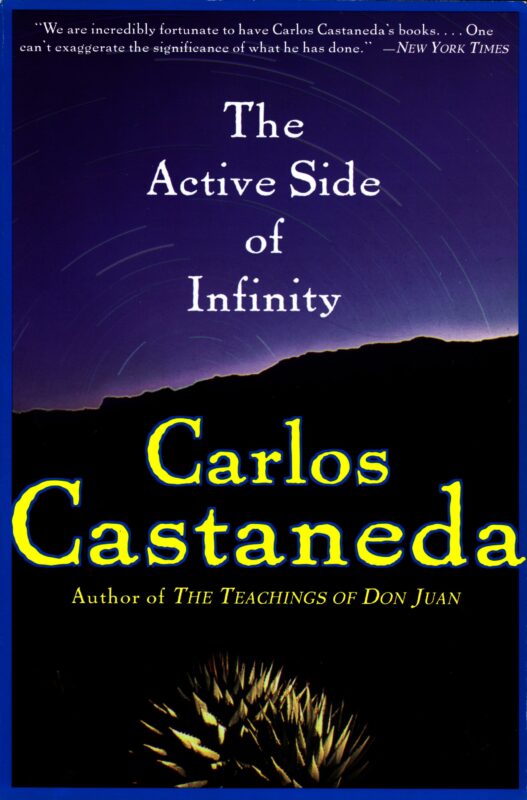The Eagle’s Gift – The Nagual’s Party of Warriors
In this chapter, Carlos Castaneda recounts his first formal encounters with the warriors of don Juan’s party, which are structured as a series of introductions corresponding to the four cardinal directions. Each meeting is a bizarre and often jarring experience, designed as a lesson in stalking and controlled folly, forcing him to confront his own self-importance and preconceived notions. Castaneda is introduced to a host of unique and powerful individuals, including the dreamers and stalkers who guard the gates to the Nagual’s world, the enigmatic leader Silvio Manuel, and Florinda, who is designated as his future guide into the art of stalking.
The Eagle’s Gift – The Nagual’s Party of Warriors Read More »

